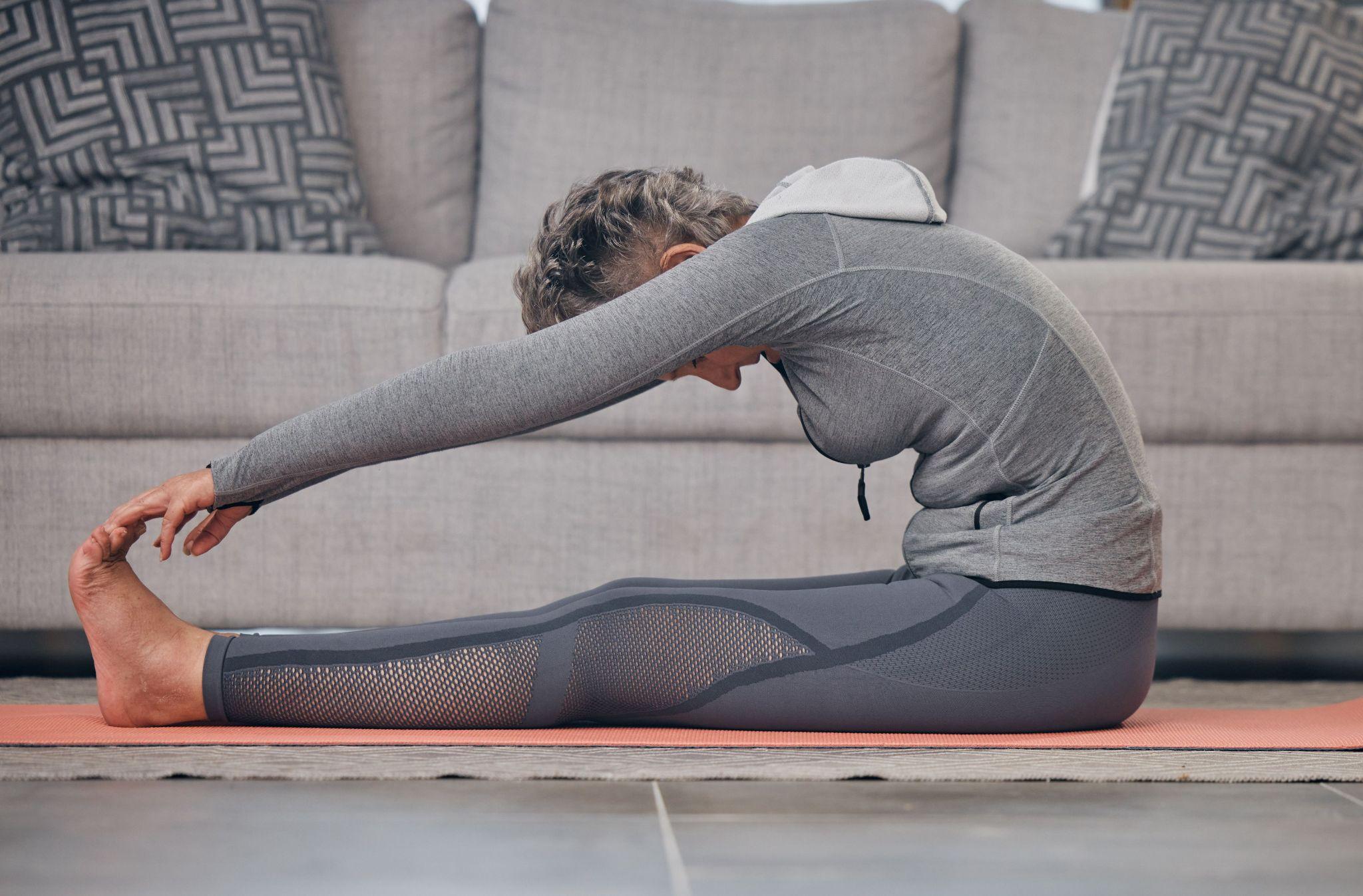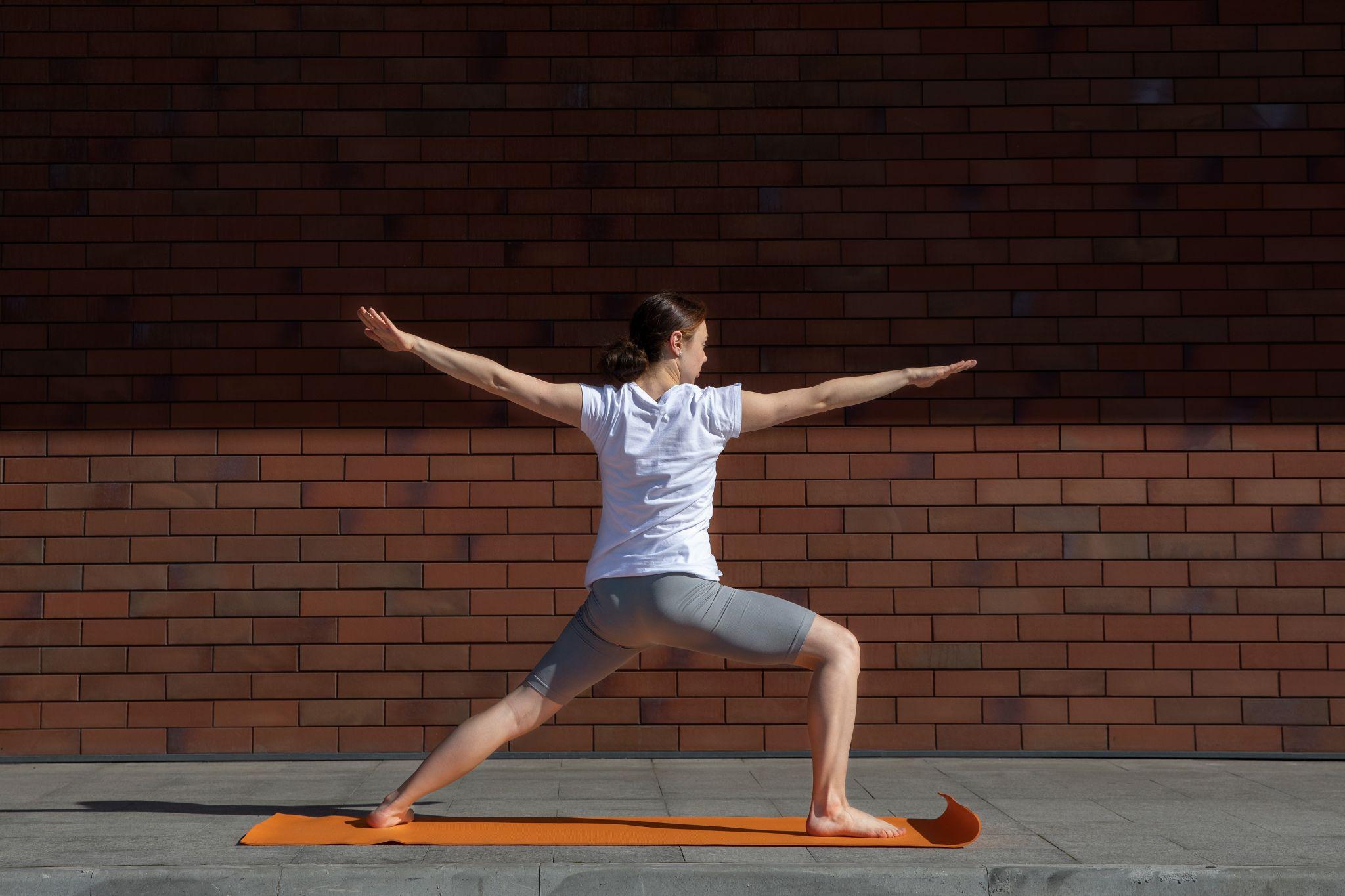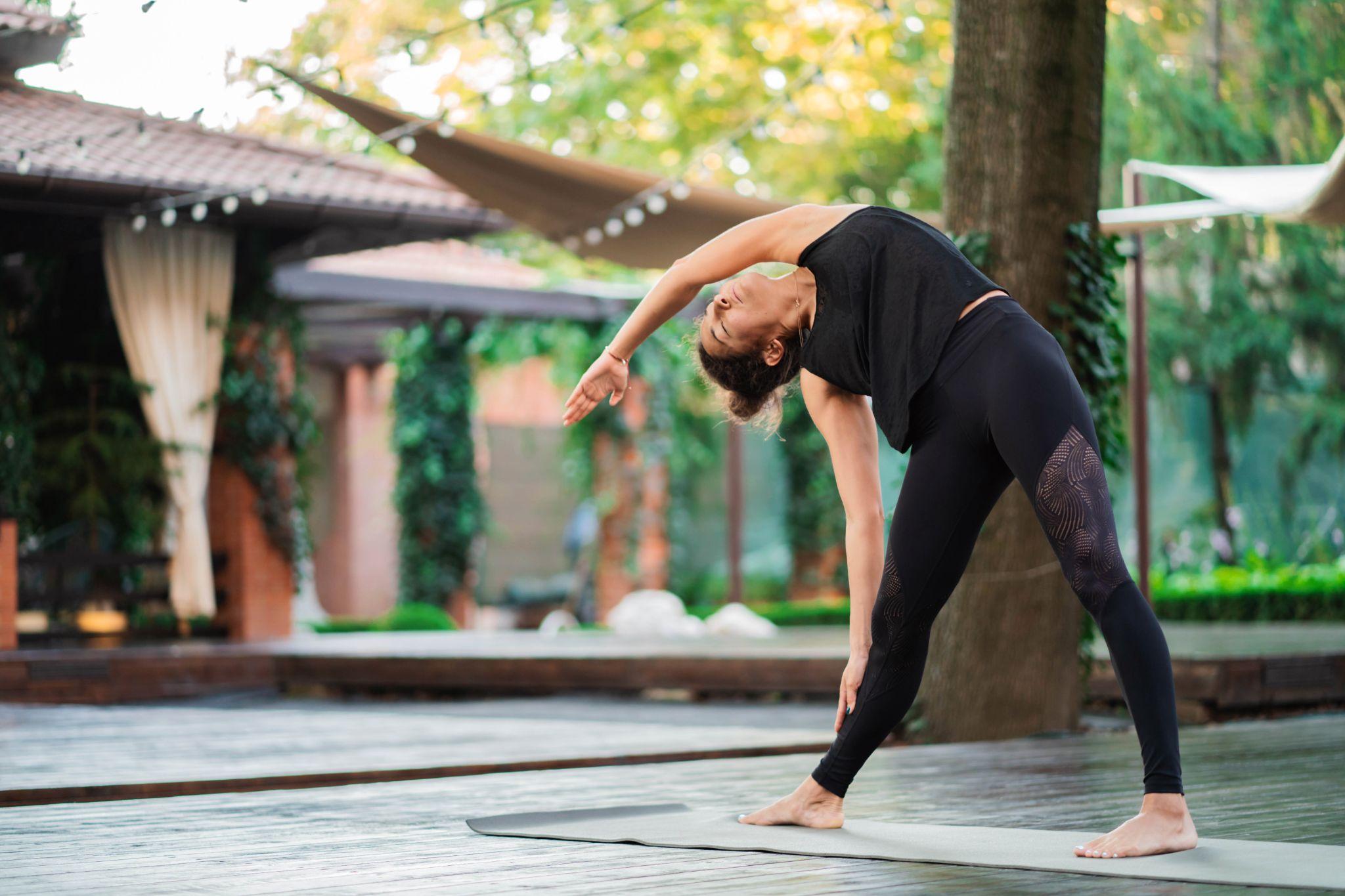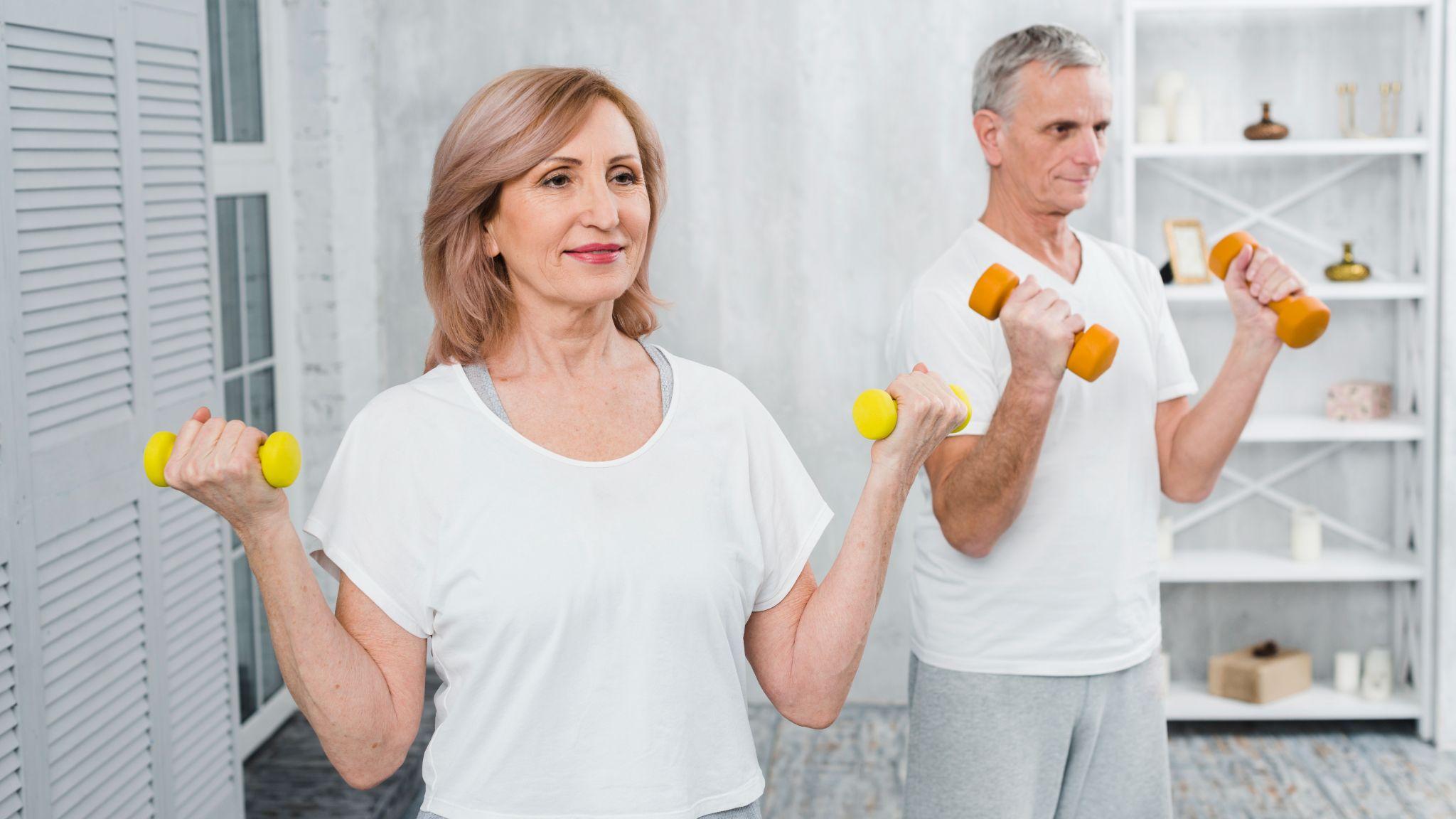Yoga for Joint Mobility: A Beginner's Step-by-Step Guide to Reducing Stiffness and Enhancing Flexibility

Regular practice will not only reduce pain but also lead to improved balance, increased strength, and an overall sense of well-being.
Joint mobility is strictly essential to health and well-being. When you're mobile, you can move freely, stay active, and accomplish activities of daily living without pain and discomfort. With age or when we injure or damage our joints, we lose mobility, and it becomes increasingly hard to maintain strength, balance, and posture.
Yoga is an active but gentle way of extending joint mobility. Yoga enhances flexibility, reduces stiffness, and promotes the health of joints by facilitating flexibility with conscious stretching, conscious breathing, and interaction of movement. Not only does yoga serve as a remover of body discomfort, but it also supports muscles in strengthening, enhances circulation, and causes relaxation.
This is a book for the beginner, older adult, or individual who suffers from joint pain. Whether recovering from injury or just wanting to keep joints healthy, this series of yoga will see you moving through life with ease and strength.
What is Joint Mobility and Why It Matters
Joint mobility is the ability of a joint to move healthily through its entire range of movement without restriction or pain. Flexibility applies only to muscles, but mobility applies only to muscles, tendons, ligaments, and joint structures overall.
Flexibility vs Mobility
Flexibility is the ability of soft tissues and muscles to lengthen. Mobility is the ability of the joint to move pain-free and actively in different directions. Both promote joint health, but mobility allows for functional movement, stability, and balance.
Advantages of uplifting movements
- Avoidance of pain: Improved mobility avoids stiffness and pain.
- Avoidance of injury: Powerful, aligned joints are less likely to strain and tear.
- Improved posture: A properly functioning and balanced spine is guaranteed by a regular movement pattern.
- Improved performance: Mobility enables us to perform daily activities like walking, lifting, and bending.

If you are experiencing persistent pain or injury, please consult a professional physician, and always take care of your body when working out.
How Yoga Enhances Joint Mobility
A Holistic Approach to Wellness
Yoga focuses on slow movement, breathing, and focused relaxation. All these play a part in a balanced physical and mental state of wellness, and that is why yoga is the ideal means to joint wellness.
Stress Reduction and Increased Circulation
With progressive stretching and positioning, yoga loosens contracted areas, relaxes the joints, and promotes circulation. Improved circulation brings oxygen and nutrients to joints and takes away inflammatory waste products.
Mind-Body Connection
Relaxation and awareness are yoga's focus so that the body can be sensitized to its signals. This eliminates tension that may exacerbate joint pain and improves coordination, balance, and posture.
Instructions Before You Start Yoga for Joints
Consult a Healthcare Professional
If you have joint pain, arthritis, or frequent injuries, you need to consult a doctor before starting yoga practice. You will be guided in safe practice and modification by a health care professional.
Begin Slowly and Be Mindful of Your Body
Begin with brief periods and progress. Listen to the sense in every position and don't push past aching or pain.
Warm-Up and Breathing Exercises
Begin always with gentle warm-up stretches to ready muscles and joints for exercise. Regulated breathing oxygenates tissue and relaxes muscles, which enhances yoga postures.
Simple Yoga Exercises for Joint Mobility (With Step-by-Step Explanation)
Six simple yoga positions strengthen joint mobility and flexibility in a safe way.
1. Cat-Cow Pose (Marjaryasana-Bitilasana)
How it helps:
It is a soothing, moving pose that progressively stretches the spine, shoulders, and hips and creates circulation.
Instructions:
- Start on all fours, wrists under shoulders and knees under hips.
- Inhale, arch back, lifting tailbone and head (Cow Pose).
- Exhale, arch back, bringing chin and pelvis in (Cat Pose).
- Repeat 10-15 times, synchronized with breathing.
Alignment Tips and Benefits:
- Areas of focus: Spine, shoulders, hips
- Benefits: Relaxes tension and normalizes posture.
2. Child's Pose (Balasana)
How it helps
This soothing pose gradually opens the back, hips, and knees, lubricating joints.
Steps:
- Kneel on a mat, sitting on heels.
- Stretch arms forward and lower forehead to the mat.
- Hold 30–60 seconds, breathing deeply.
- Modify by having a cushion under the hips or between the knees for support.
Tips:
- Areas targeted: Back, hips, knees
- Benefit: Relaxation and loosening stiffness.
3. Downward-Facing Dog (Adho Mukha Svanasana)
How it helps:
Opens shoulders, spine, and calves and elongates muscles surrounding joints.
Steps:
- Start on hands and knees.
- Lift hips into an inverted V.
- Make arms and legs straight, but slightly bend knees if needed.
- Hold 20-30 seconds, observing breath.
Precautions:
- Avoid if having severe wrist pain. Use blocks under hands if needed.
- Target zones: Shoulders, spine, calves
- Benefits: Loosens up and gets circulation going.

With gentle stretching, conscious breathing, and proper posture, you can develop muscle strength, increase blood circulation, and nourish joints to be in perfect health without injuring yourself.
4. Warrior II Pose (Virabhadrasana II)
How it helps:
Stimulates the hips and legs and stabilizes joints.
Steps:
- Stand with feet shoulder-width apart.
- Turn one foot out and bend the front knee.
- Bring arms out to sides, with relaxed shoulders.
- Hold for 20-30 seconds, then repeat on the other side.
Alignment tips
- Keep the back leg straight and the front knee over the ankle.
- Target areas: Hips, legs
- Benefits: Strengthens and supports joint alignment.
5. Bridge Pose (Setu Bandhasana)
How it helps
This pose helps support the hips and lower back, relax tension, and improve blood flow.
Instructions:
- Sleeping on the back, curled knees, and feet flat on the floor.
- Push heels firmly on the ground with pressure and lift hips up.
- Put your hands at the back or sides.
- Slowly exhale 20-40 seconds, holding.
Precautions:
- Avoid neck pain, people, or seek professional assistance for adjustments.
- Target areas: Lower back, hips
- Benefits: Tightens joint muscles and minimizes posture problems.
6. Seated Forward Bend (Paschimottanasana)
How it helps:
Stretches hamstrings, lower back, and spaces of the hip joints.
Instruction:
- Sit with straight legs in front of you.
- Inhale, lengthen spine.
- Exhale, slow forward bend, lengthening feet or shins.
- Hold 30–60 seconds, releasing neck muscles.
Alternatives:
- Bend knees slightly or support with a strap around the feet.
- Areas stretched: Hamstrings, hips, lower back
- Benefits: Relaxing flexibility and decreasing joint tension.
Planning a Daily Routine

Add yoga with adequate hydration, rest, and nutrition for synergistic extension of benefit, and relaxation exercises for an integrated joint fitness.
How Often to Practice
Make an effort to practice 5-30 minutes a day based on your availability and fitness. Even short practices created regularly can make tremendous differences.
Synthesizing Poses
Construct a series that addresses multiple joints, start with warm-ups like Cat-Cow, continue with standing poses like Warrior II, and finish with floor stretches like Bridge Pose.
Tracking Progress
Keep a pain diary, flexibility test, and balance test. Gradually increase intensity and time in position with reference to comfort and mobility.
Conclusion
Hydration through the consumption of large amounts of water keeps joints healthy. Adequate rest provides a recovery mechanism for tissues, and an anti-inflammatory diet maintains joint health. Listen to your body and never overdo things. Consistent, gentle practice is superior to stressful exercise that provokes tension.
Frequently Asked Questions
Is yoga capable of enhancing joint mobility for beginners?
Yes, yoga is safe and effective for beginners to progressively strengthen and stretch their joints, improve flexibility, and decrease stiffness.
What are the best yoga poses to increase joint mobility and flexibility?
Cat-Cow Pose, Child's Pose, Downward-Facing Dog, Warrior II, Bridge Pose, and Seated Forward Bend are best for increasing mobility and flexibility.
How frequently should beginners do yoga for joint health?
New students can warm up daily for 5-30 minutes with gentle stretching and breathing for optimal benefit.
Can I practice yoga with stiff joints or joint pain?
Yes, but first consult a health care professional. Adapting the tempo of the class and incorporating modified poses will stretch without over-stressing.
What precautions for safety should new students understand when practicing yoga?
Guests should go slow, listen to their bodies, don't force the stretch, and breathe normally so they won't be hurt.
Can yoga be used as a complementary treatment for joint pain?
Yes. Yoga will complement physical therapy, medication, and diet, decrease the pain, and enhance your overall joint condition.